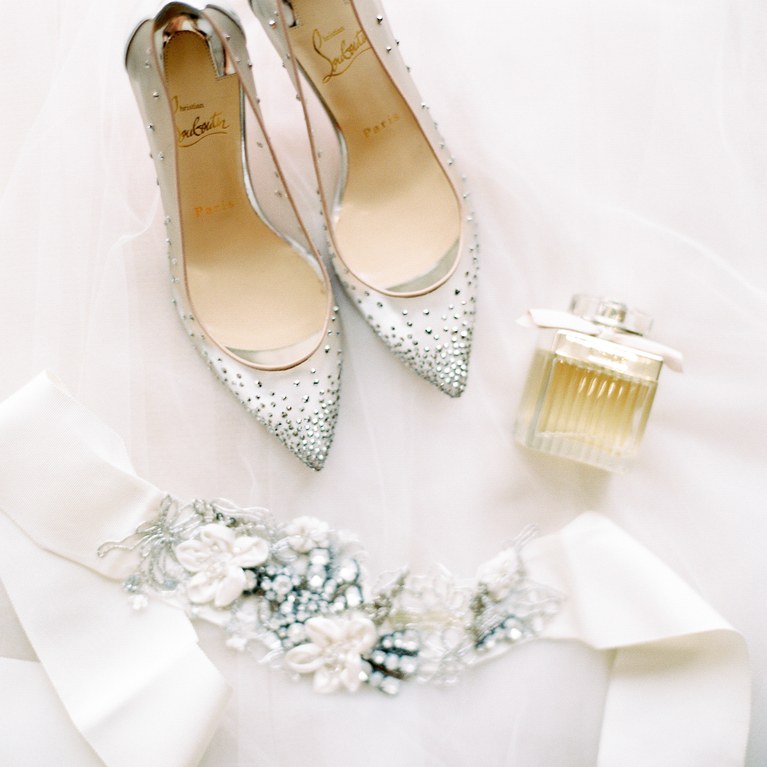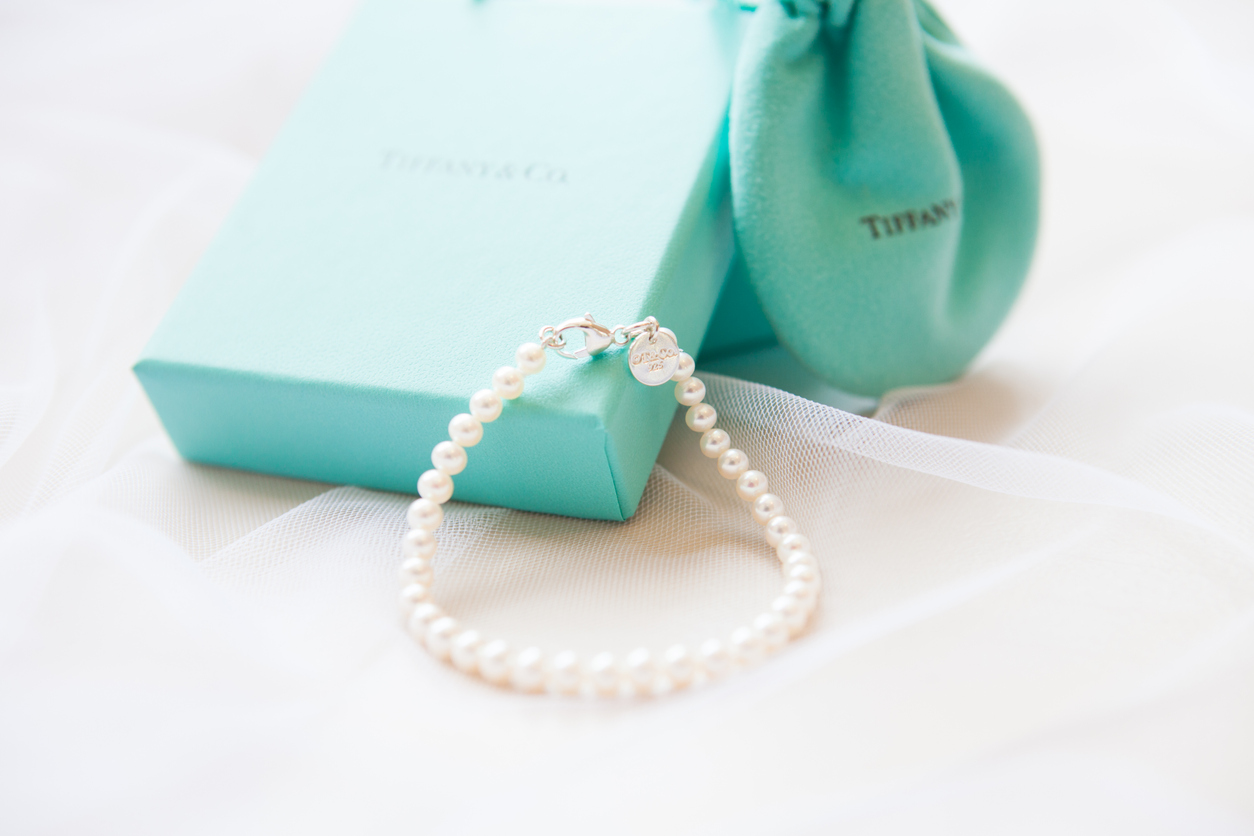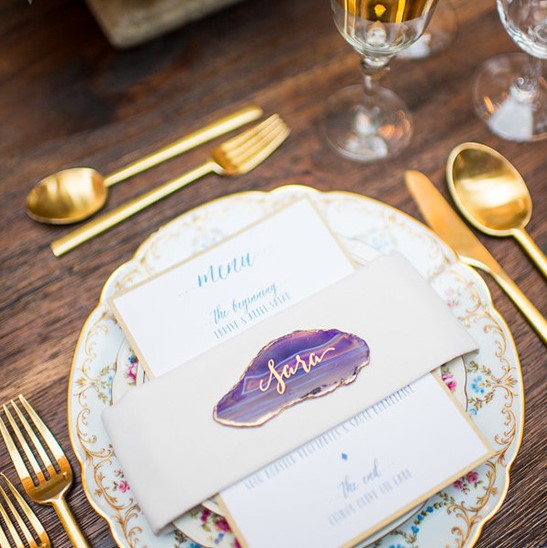Diamonds. Aside from the fact they can be stunning, sparkly and, often, expensive, how much do we really know about them?
When my fiance Matt proposed in April 2012, he gave me a temporary “in between” ring so that we could choose and design my engagement ring together.
The only thing we both knew was that we wanted it to be a diamond in a white gold setting, but other than that, I had no idea where to start.
We did quite a bit of research and found that there is so much more to buying a diamond than the than the 4 Cs (Cut, Colour, Clarity and Carat) but that is still an excellent place to start.
So, to save you all a bunch of trouble, here’s my basic guide to buying a diamond ring. Enjoy!
Colour
The whiter the diamond, the better the quality.
Though diamonds appear to be colourless, they may contain hues of yellow and brown which affect the overall colouring of the stone, especially to the naked eye.
D grade diamonds are the best as this indicates they contain no other colouring and are truly colourless.They’re extremely rare and, therefore, expensive.
Diamond are graded from D to Z. Z are, basically, yellow coloured diamonds. Also rare are coloured diamonds that come out of the ground in colours such as red, blue and even green. These too are extremely rare and expensive.
Clarity
The less “inclusions” a diamond has, the clearer the diamond.
Inclusions are tiny traces of non-crystalised carbon, from which diamonds are formed. Think of inclusions as “fractures” within the stone. The larger the inclusion, the more “flawed” a diamond.
The fewer the inclusions, the closer the diamond comes to being deemed “flawless.”
Carat
Carat refers to a diamond’s weight, so the larger the carat, the heavier and, therefore, more valuable the diamond. Carat is more about weight than size and one carat is divided into 100 points (or .2grams) but other factors such the cut and clarityare also considered, which is why you may find a tiny, high-quality diamond selling for more than a bigger one of less quality.
The word carat should not be confused with karat, which is used to describe the fineness of gold.
Cut
The other three Cs (clarity, carat and colour) are determined largely by nature, however a diamond’s cut can be manipulated by a master jeweller/craftsman to give the stone its famous shimmer and shine.
The term’cut’ refers to a diamond’s symmetry, proportioning and polishing which is the result of how well the diamond is, unsurprisingly, cut.
How a diamond is cut determines how brightly it will sparkle since the cut is what controls how much light is let into the stone and at what angle as well as how that light is then dispersed and reflected out of the stone.
A diamond’s cut includes crown height, pavilion depth, table diameter, crown angle, pavilion angle, girdle thickness and brilliance grade.
Shape
Technically, a diamond’s shape is part of its cut. Diamonds (and all gemstones, really) are available in the following cuts:
After all that, here’s the ring we ended up designing. We based it on my in between ring and it took a week to have made up.
Now that you know all about diamonds, you’ll be able to pick what mine is, eh?
Some images sourced from Wikipedia



